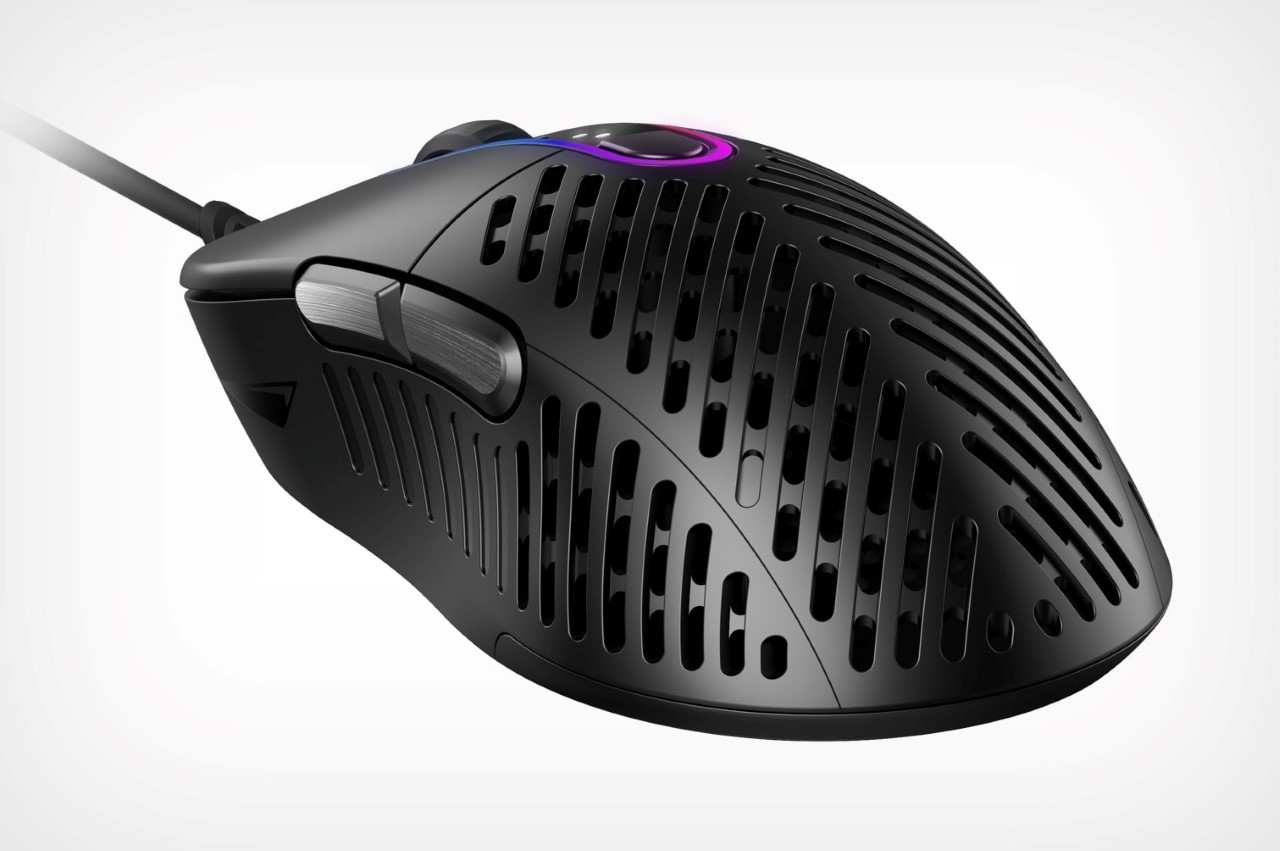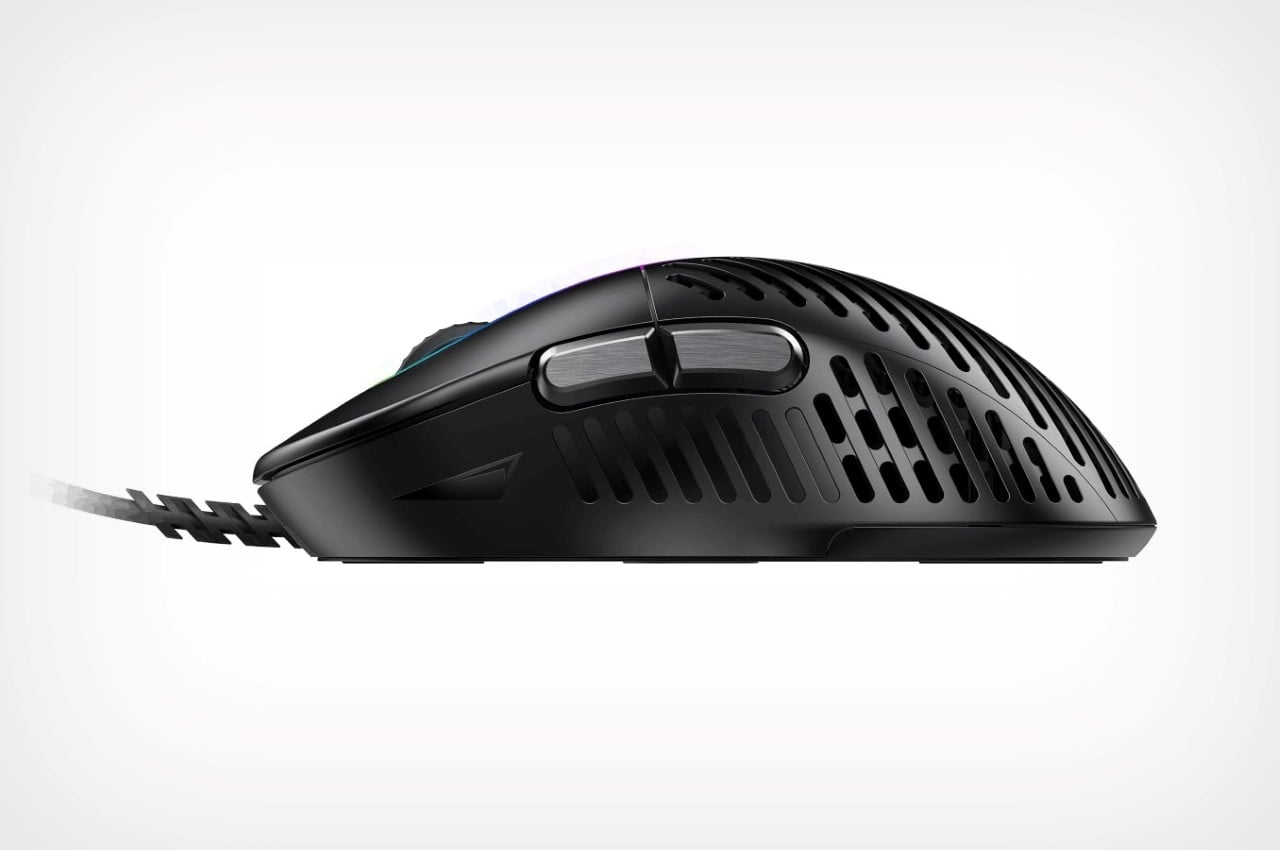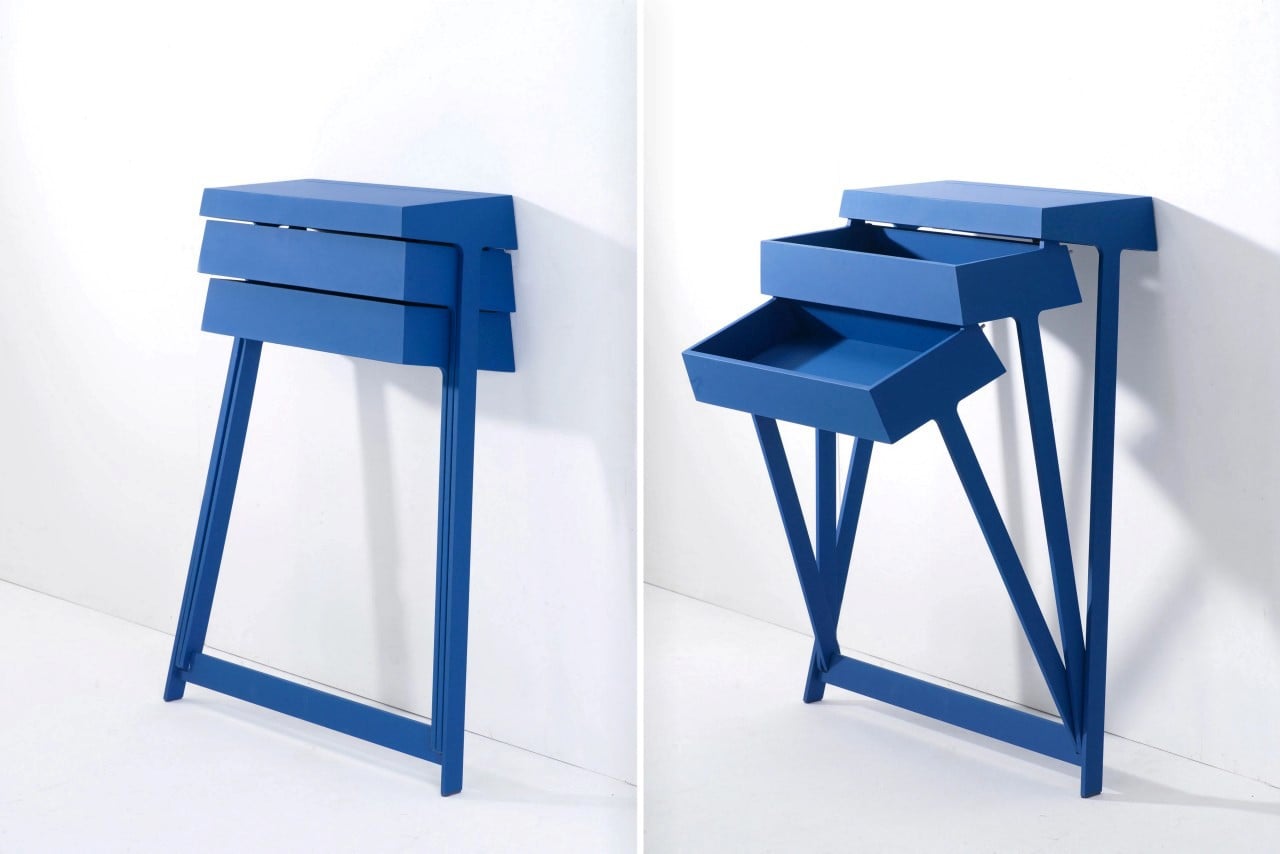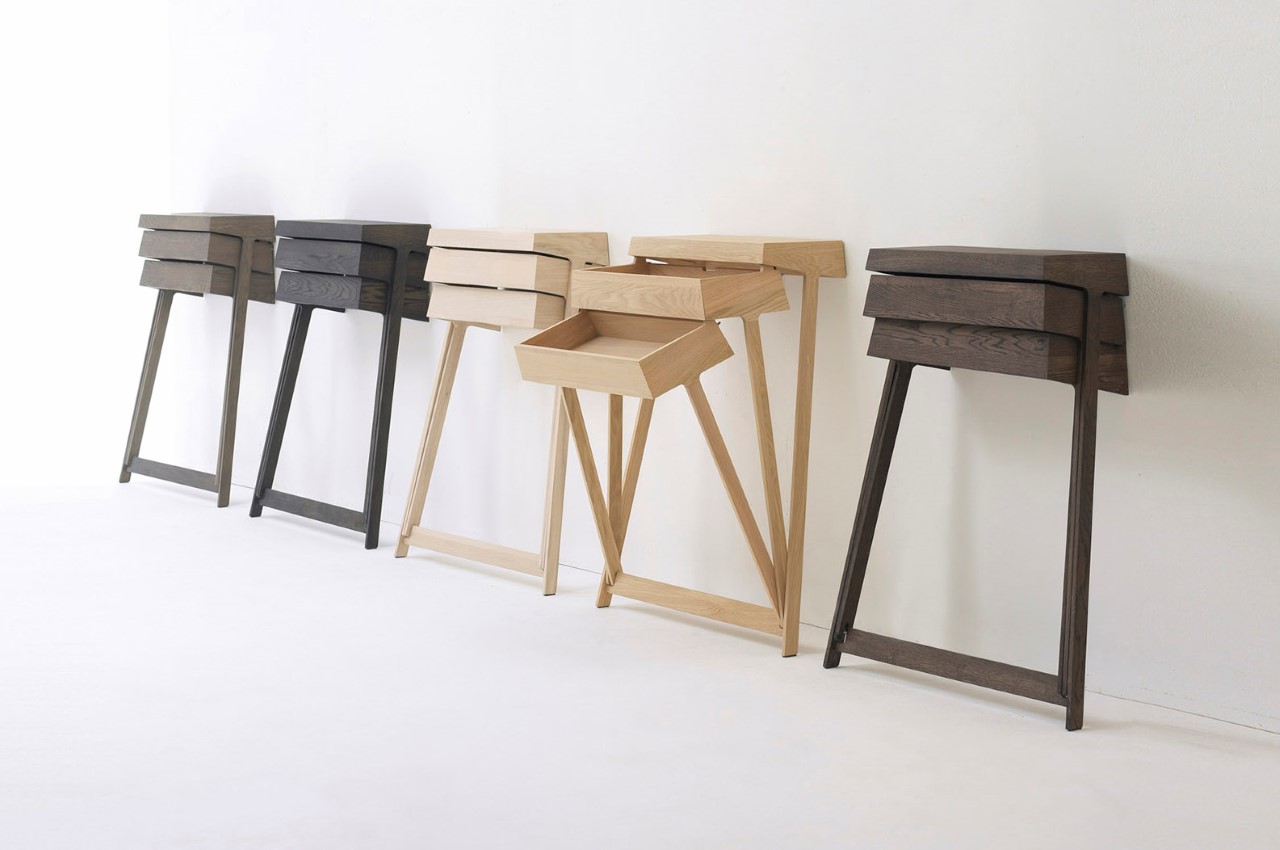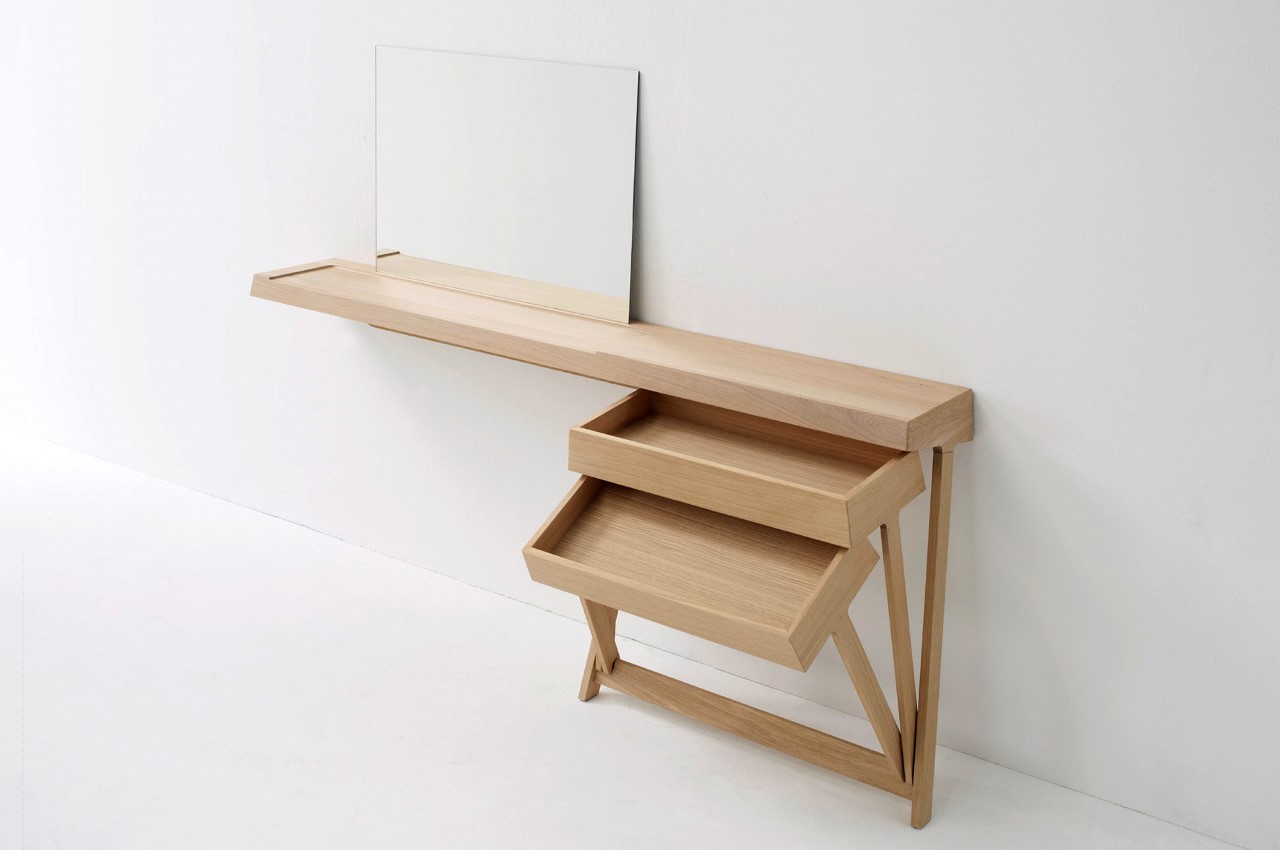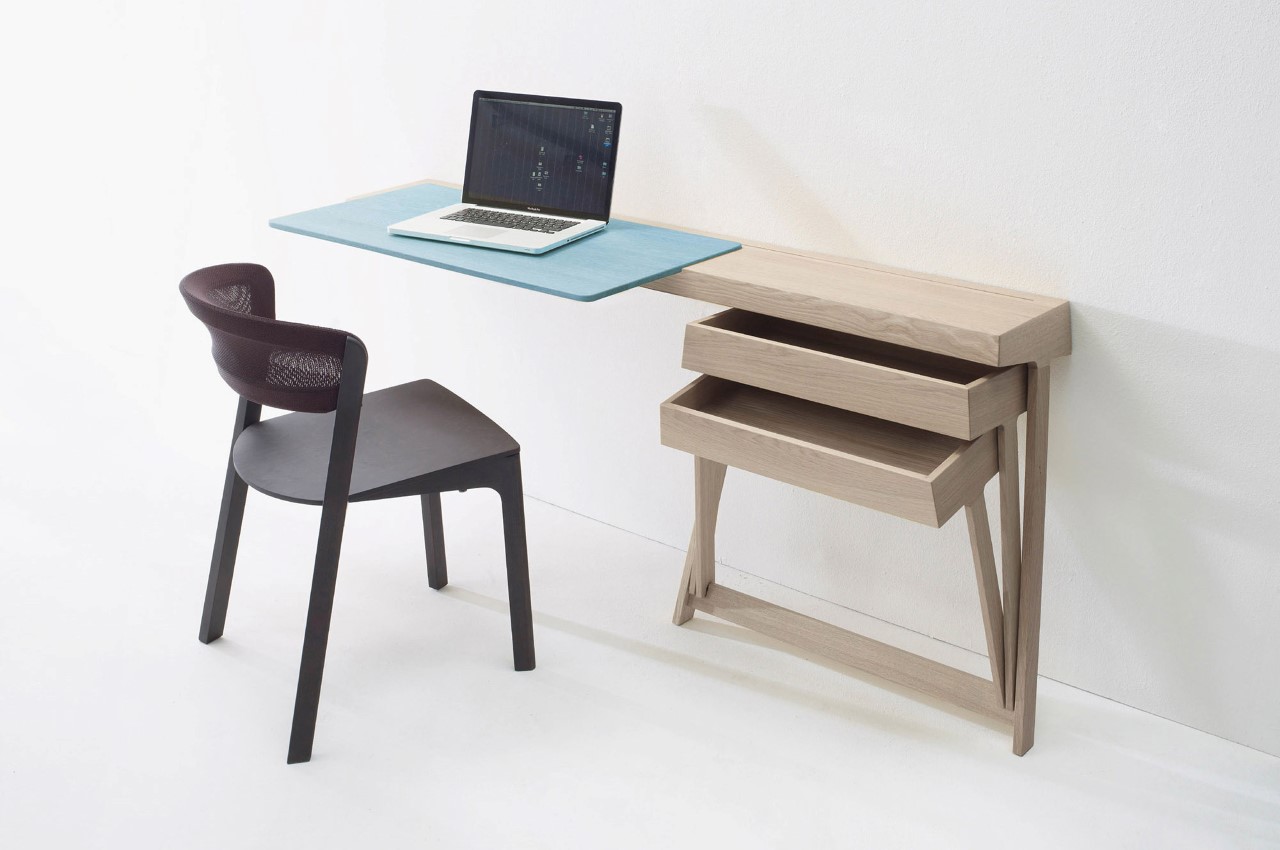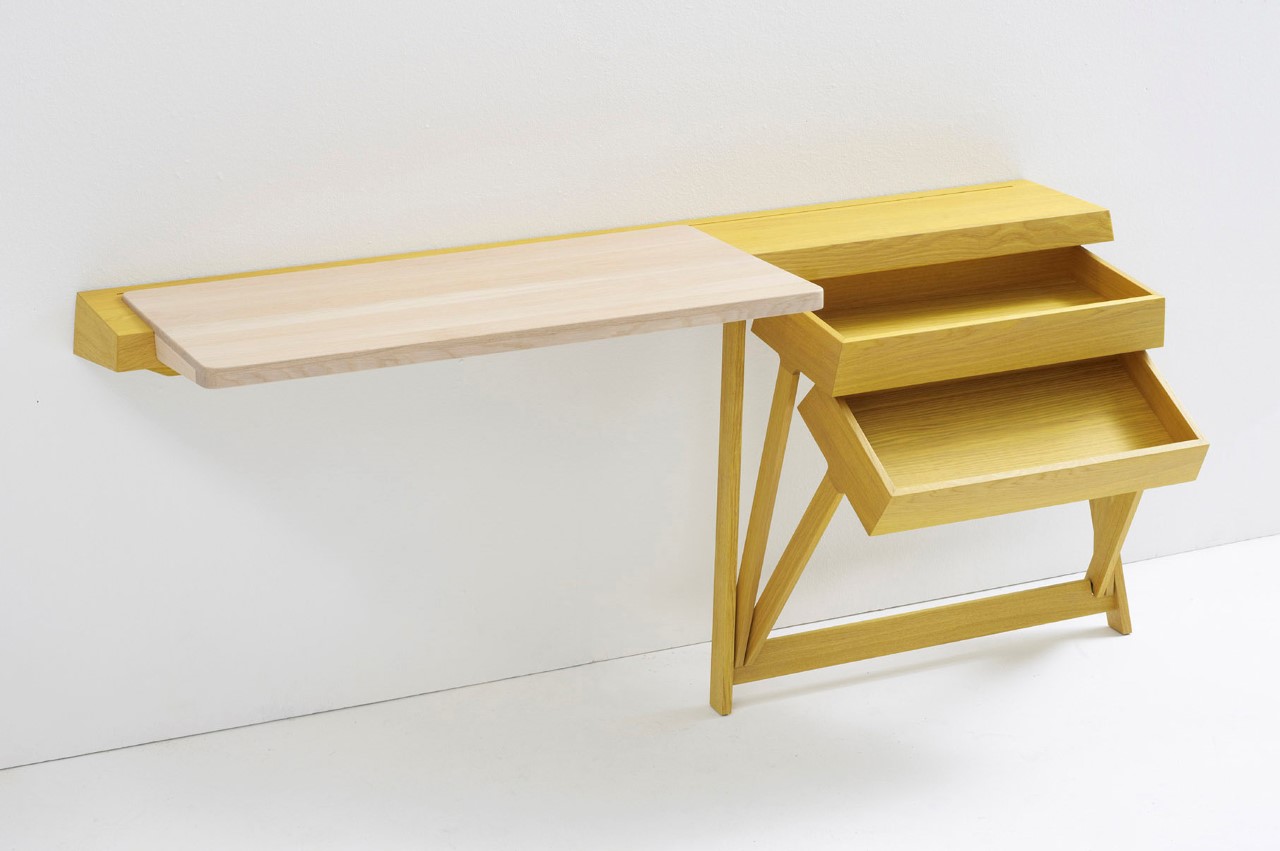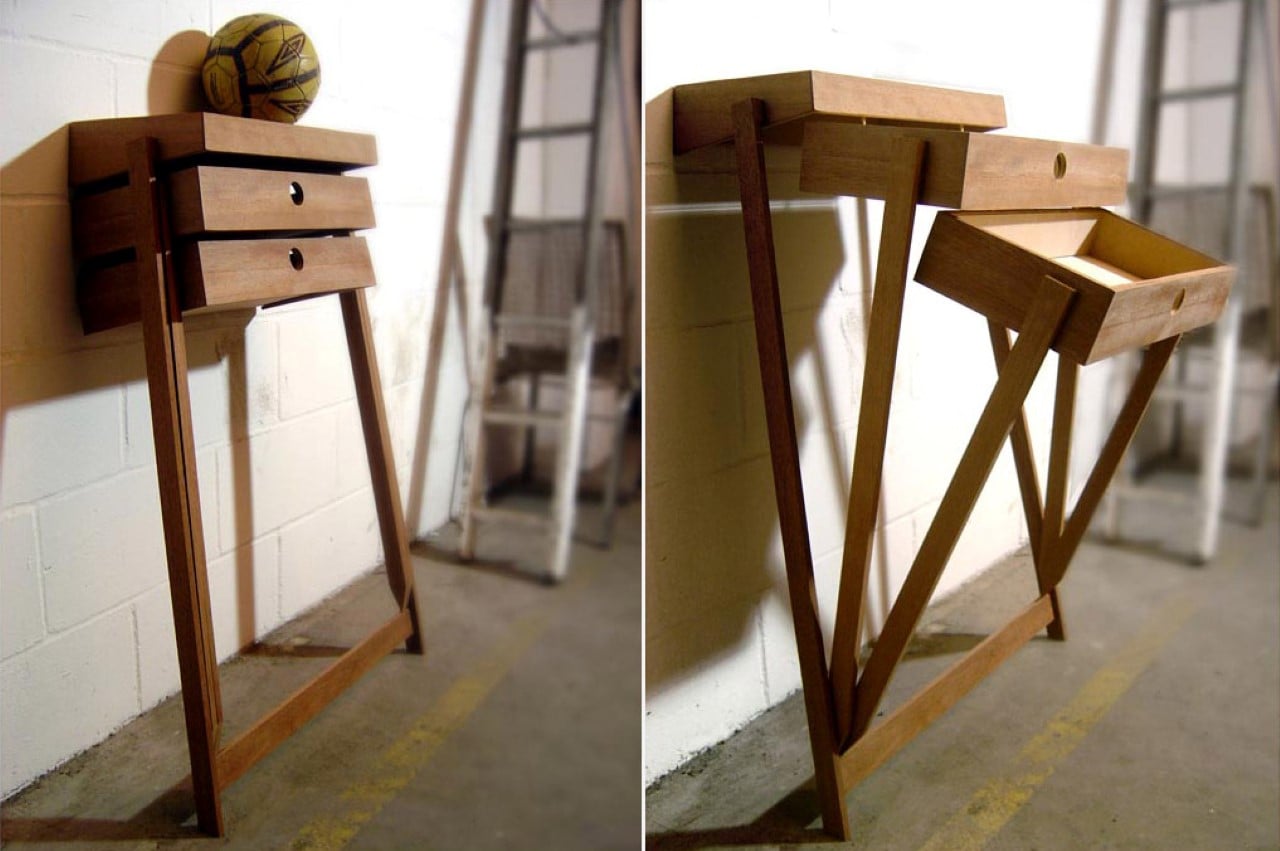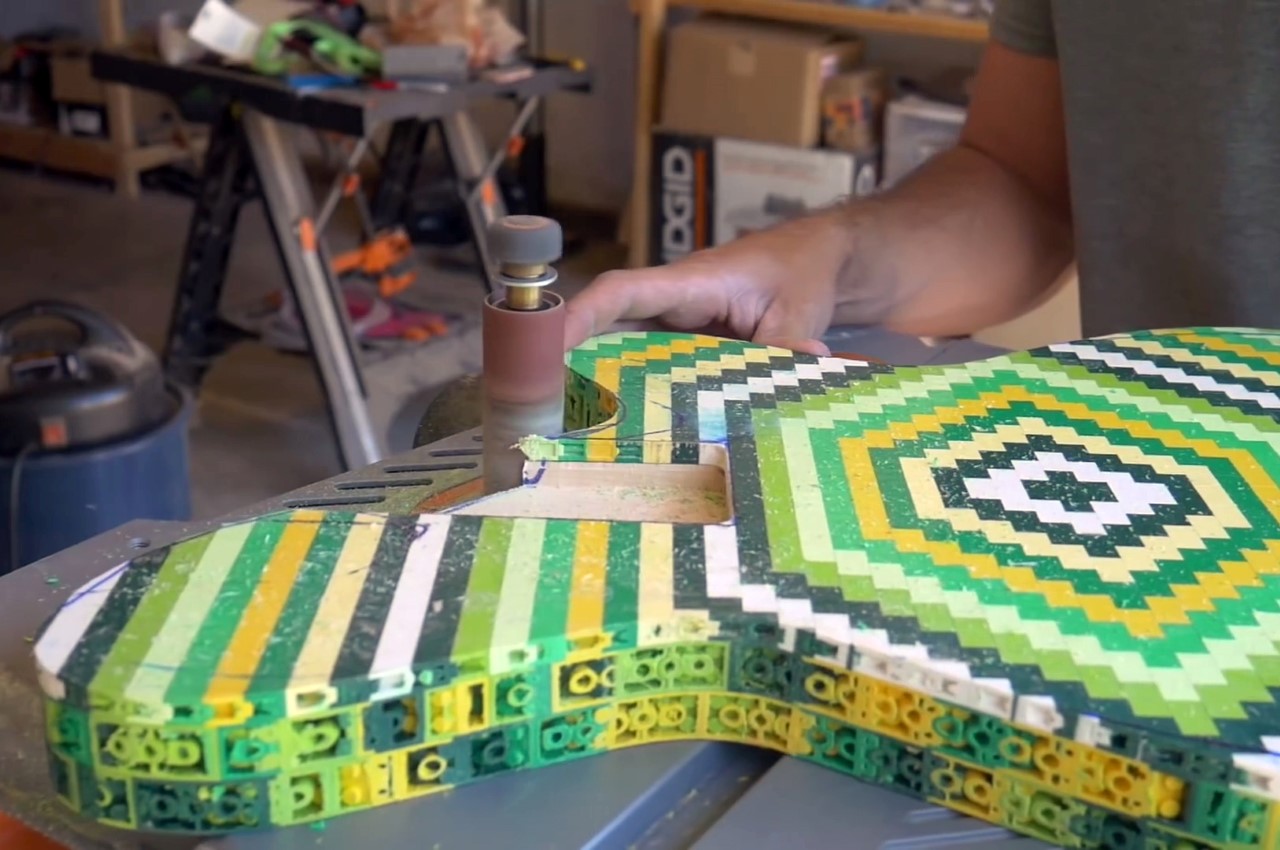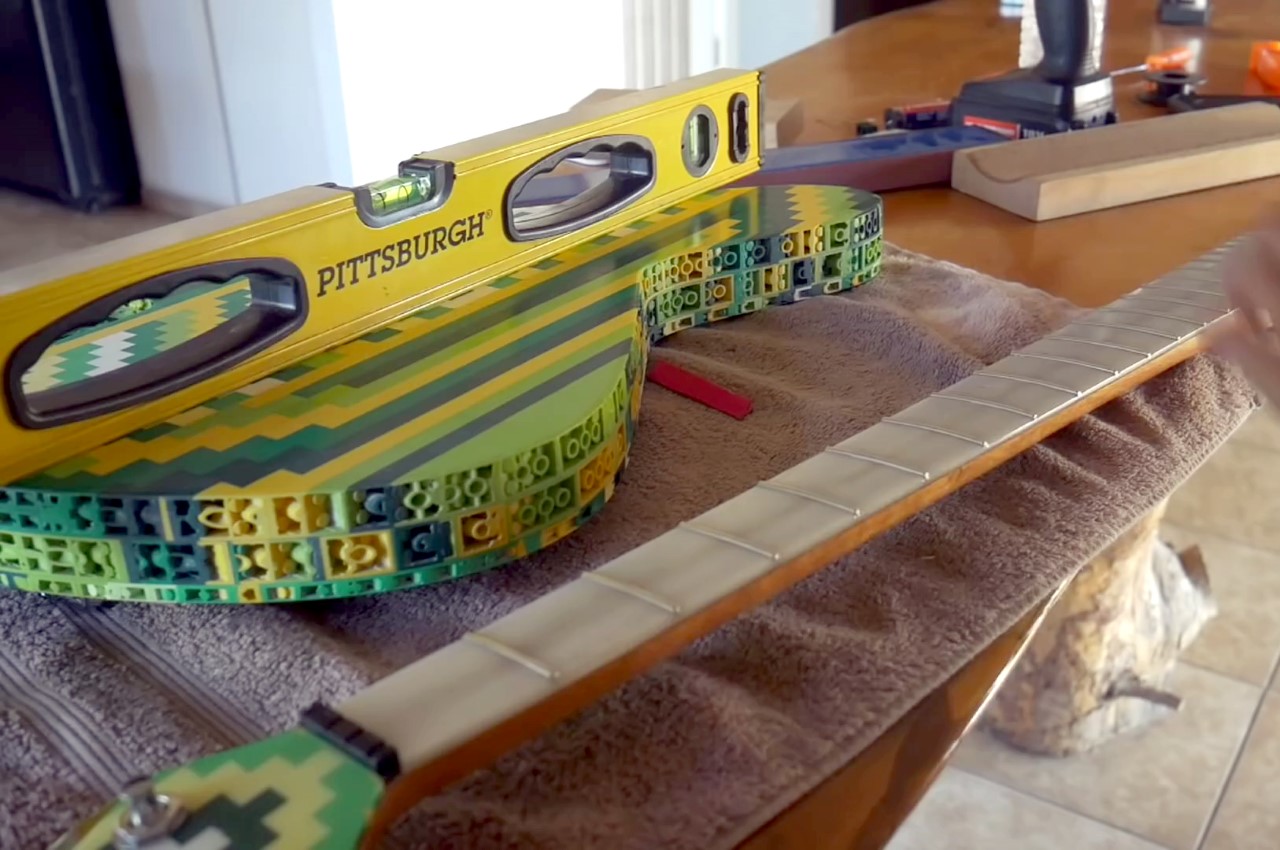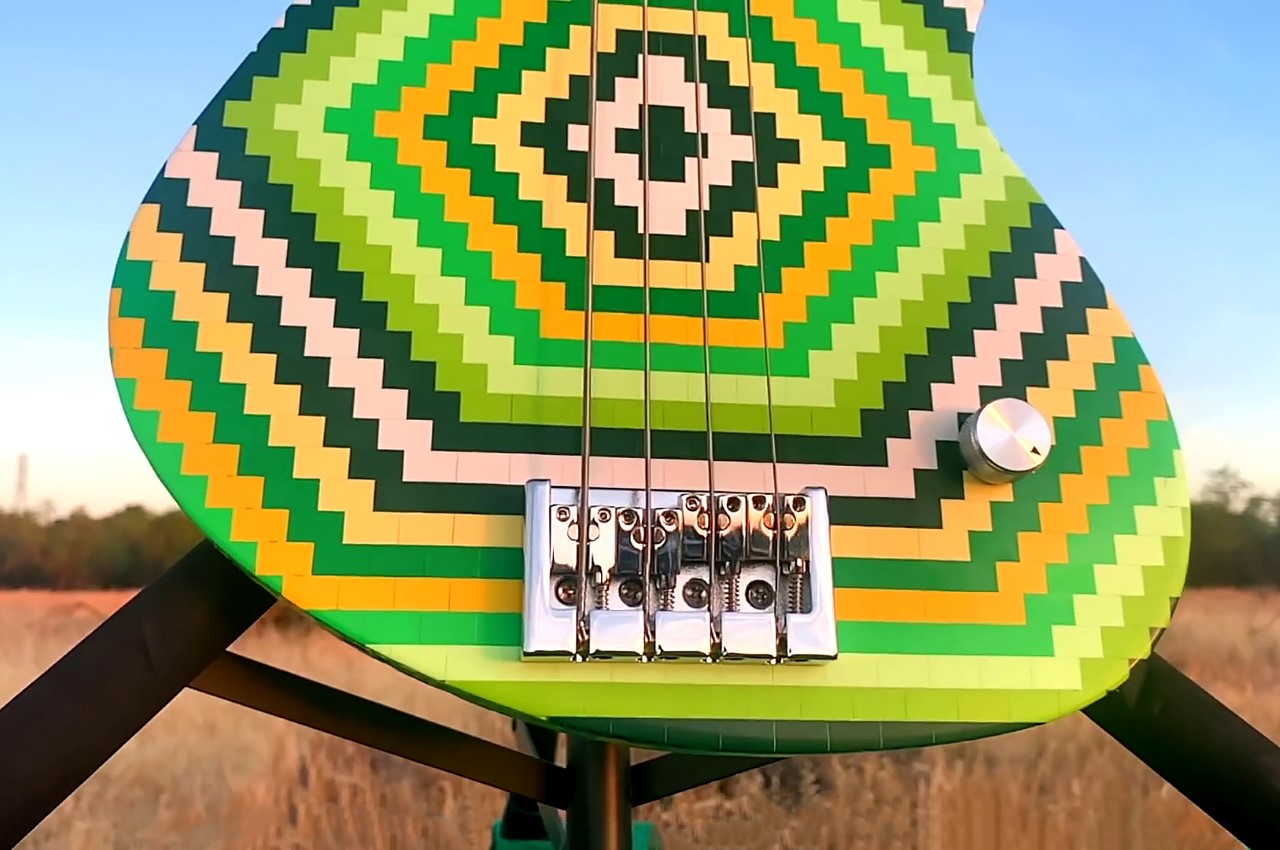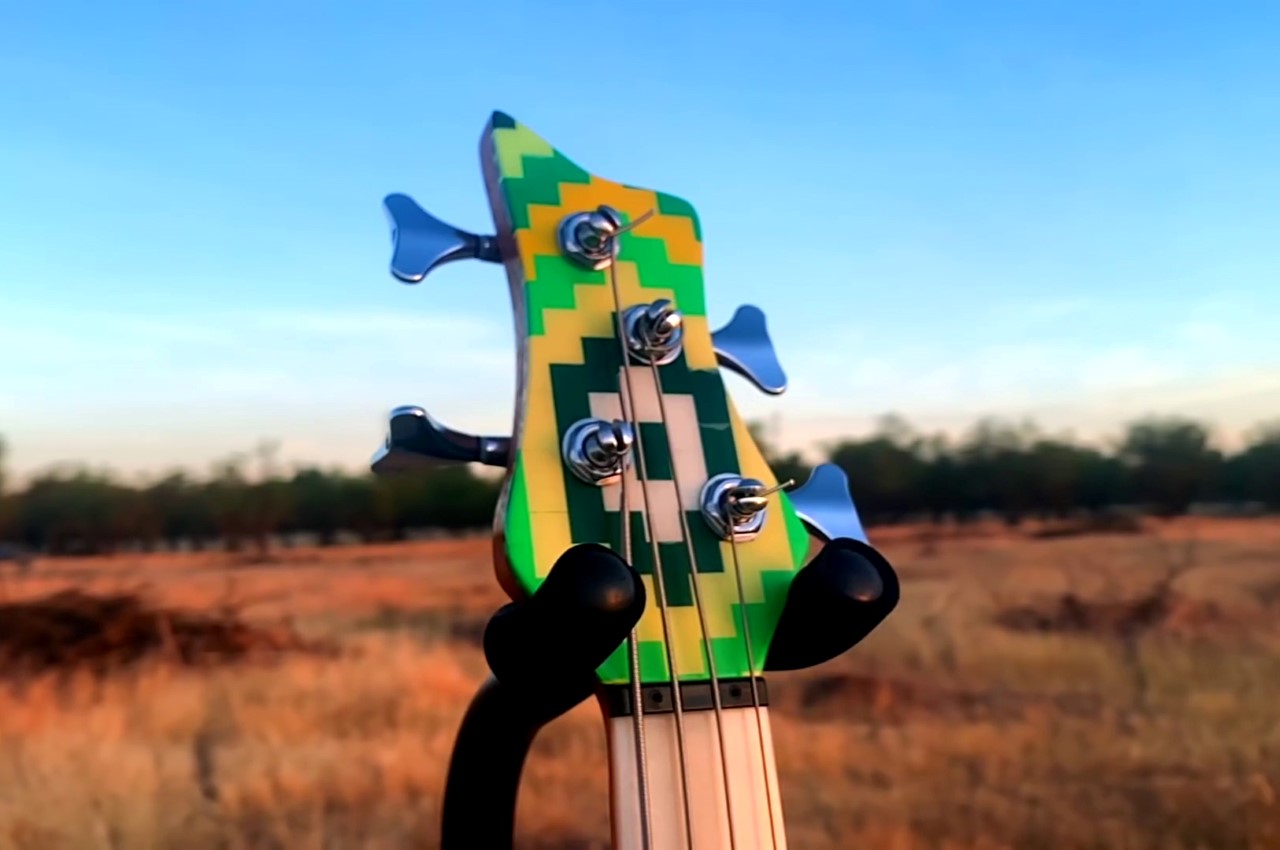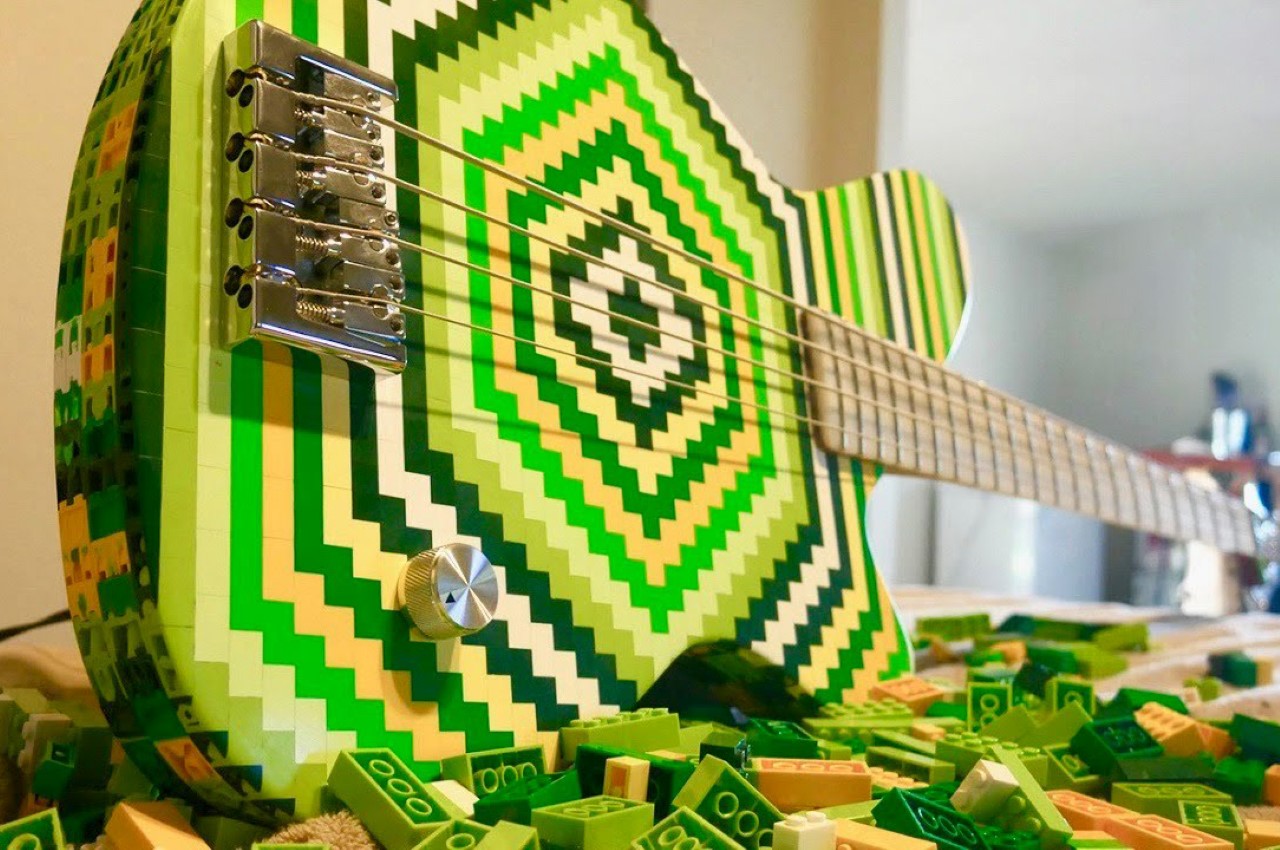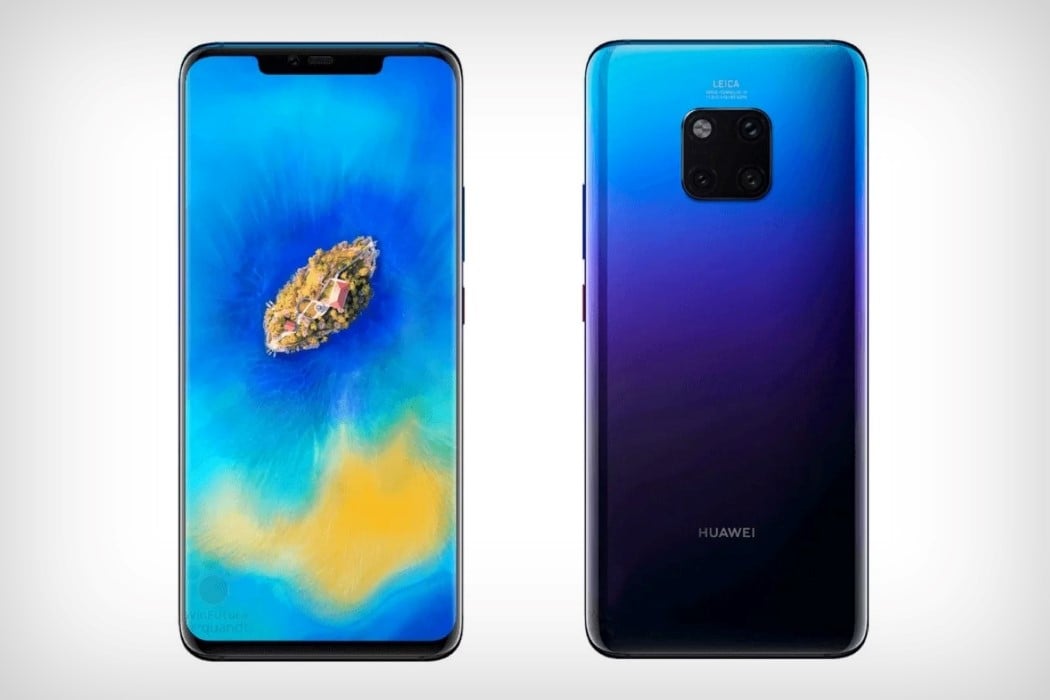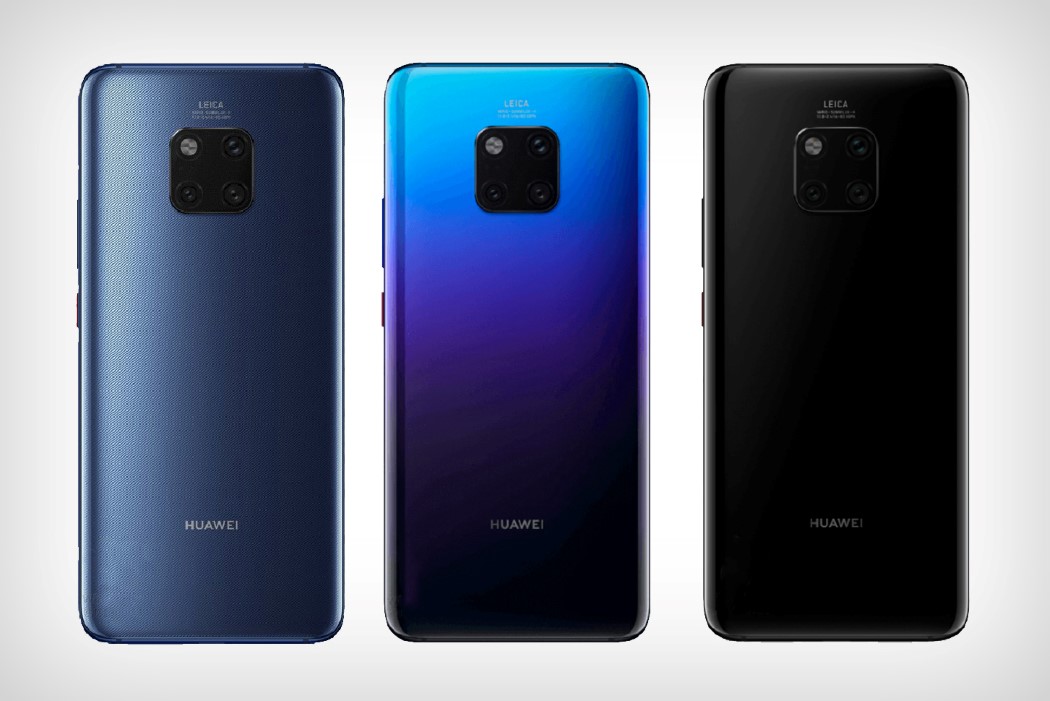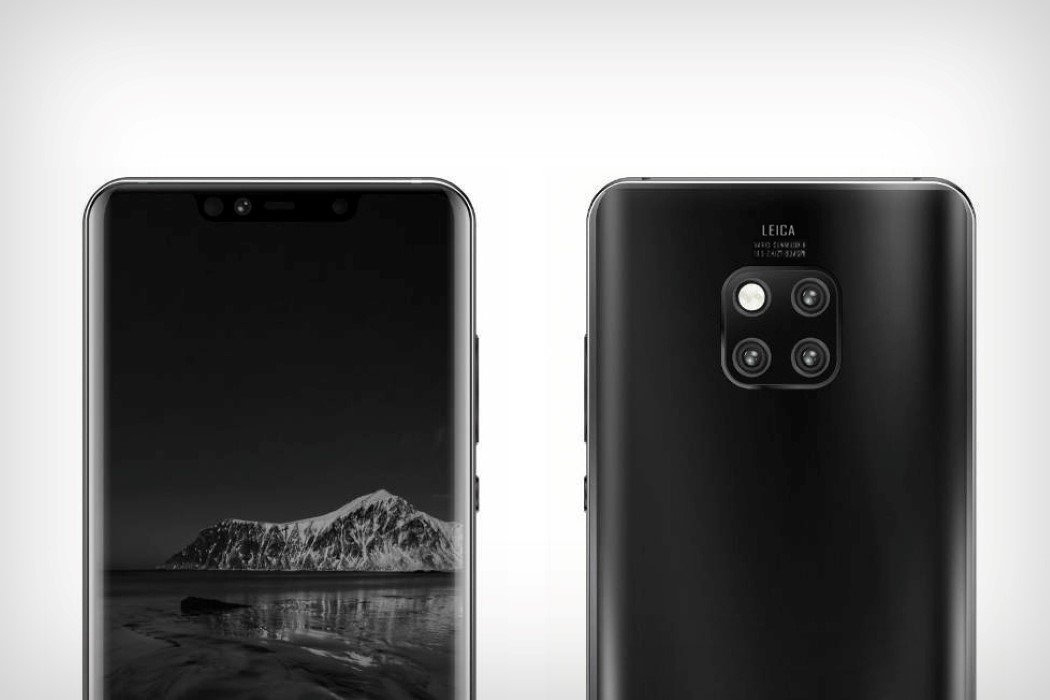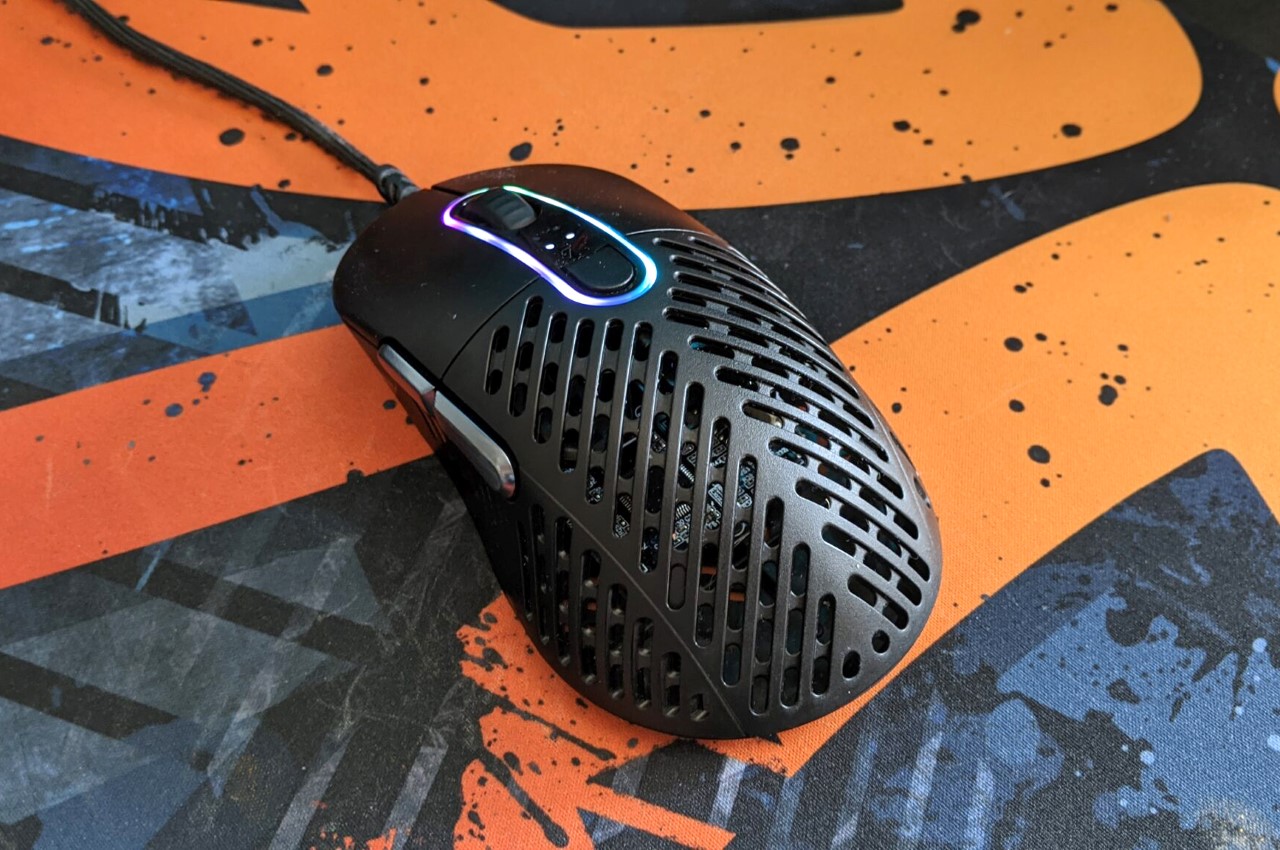
The Makalu 67 is an incredibly lightweight gaming mouse that weighs a mere 67 grams, thanks to its unique ‘ribcage’ outer body. However, it’s also notoriously difficult to clean if you’re the kind to snack on stuff while you game. The mouse’s outer shell comes with a grille-like design that helps provide strength while reducing mass… and I’ll say, it’s definitely really unique looking.

Designed and calibrated for hardcore gamers who want their gear to be as lightweight/maneuverable as possible (while being durable too), the Makalu 67 comes from MOUNTAIN, a tech company known for their gaming gear. Most mice come with organic, ergonomic, monolithic designs, but the Makalu 67 breaks that with a body that’s parametrically perforated to provide strength with less material. Just like a ribcage protects your vital organs without necessarily being one massive block of bone, Makalu 67’s ‘ribcage’ design conceals the tech within, while reducing a significant amount of material.

The Makalu 67 comes with a PAW3370 sensor for high accuracy, offering up to 19000 DPI, with the ability to change the resolution too, using a button right at the top. An RGB ring around the scroll lets you easily customize your mouse’s aesthetic, choosing from up to 16.7 million RBG colors. However, that patented ribcage design is perhaps its most standout element. Not only does it allow the mouse to be lightweight, it keeps your hands cool while you game too, allowing air to flow across your palms so they never get sweaty. The only problem is accidentally using the mouse with dirty or wet hands, and then being left with something that’s virtually impossible to clean. That means no Cheetos, Doritos, or Pringles around this bad-boy… and it’s best if you kept your beer or soft-drink away from it too. If the price for that sacrifice is a better gaming experience with more kills/victories, I think a bunch of gamers would be willing to make that sacrifice.
Designer: MOUNTAIN

